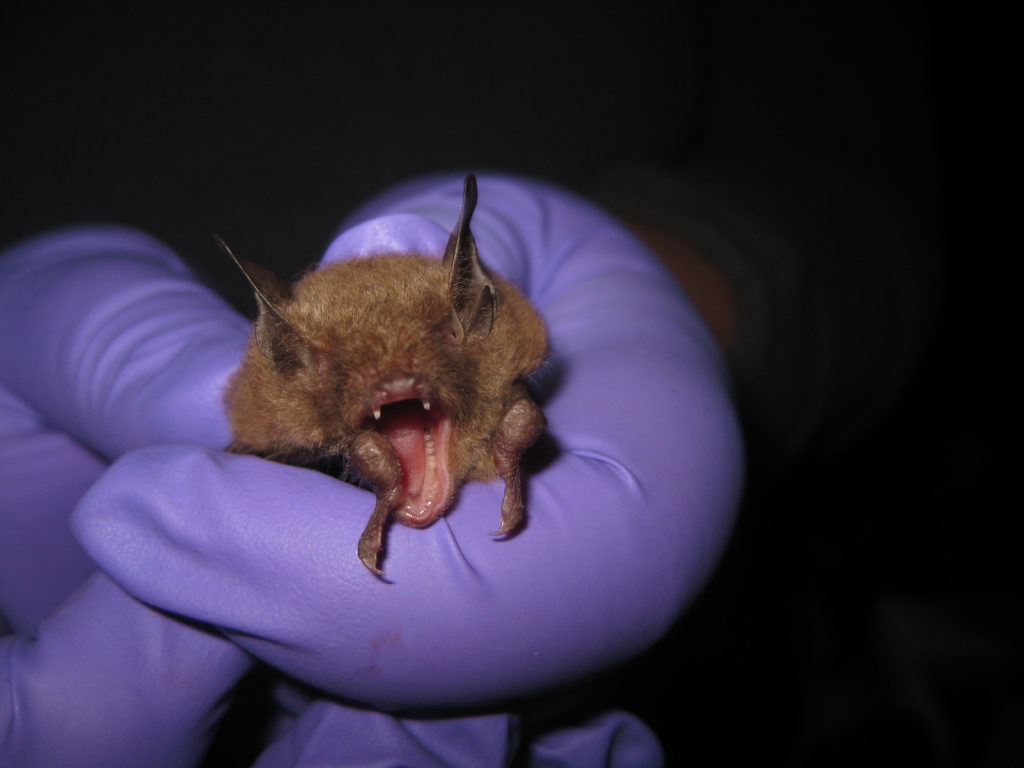
Human Disturbance
Dr. Zollner has worked to model the effects of human disturbance on wildlife populations using SODA modeling techniques. His work has led to multiple papers, assistance in the Landscape and Urban Planning of Fort Harrison State Park, in addition to laying out the fundamental issues. Laura D’Acunto, a PhD candidate in the Zollner lab, is currently using these techniques to do population level modelling with bats and golden eagles.
Example Papers:
Bennett, V.J., M. Beard, P.A. Zollner, E. Fernandez-Juricic, L. Westphal, and C.L. LeBlanc. (2009) Understanding wildlife responses to human disturbance through simulation modeling: a management tool. Ecological Complexity 6: 113-134.
Blumstein, D.T., E. Fernandez-Juricic, P.A. Zollner, and S.C. Garity. (2005) Inter-specific variation in avian responses to human disturbance: a review and synthesis. Journal of Applied Ecology 42: 943-953.
Wildlife Dispersal
Population-level and individual-based modeling can be useful for providing an in-depth understanding of wildlife dispersal. Through a long-term collaboration with the Indiana Fish and Wildlife Commission, Dr. Zollner has been involved with multiple projects involving marten dispersal. This has additional been used in other species, including Burmese pythons.
Example Papers:
Mutascio, H.E., S.E. Pittman, and P.A. Zollner. 2017. Investigating movement behavior of invasive Burmese pythons on a shy-bold continuum using individual-based modeling. Perspectives in Ecology and Conservation 15:25-31.
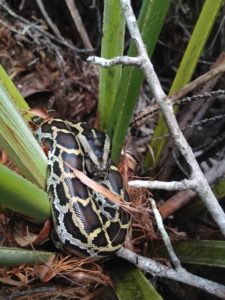
Ecosystem Subsidies
Dr. Zollner has been involved in projects relating to the transfer of nutrients within and among ecosystems via animal dispersal mechanisms. By modeling movement, researchers can learn about animal movement patterns, the costs of those choices, and the distribution of subsidies as a result of those movements and costs. Dr. Zollner’s PhD student Daniel Bampoh is currently working on a project in this area.
Example Papers:
Earl, J.E. and P.A. Zollner. 2017. Advancing research on animal-transported subsidies by integrating animal movement and ecosystem modeling. Journal of Animal Ecology DOI: 10.1111/1365-2656.12711.
Earl, J.E. and P.A. Zollner 2014. Effects of animal movement strategies and costs on the distribution of active subsidies across simple landscapes. Ecological Modeling 238:45-52.
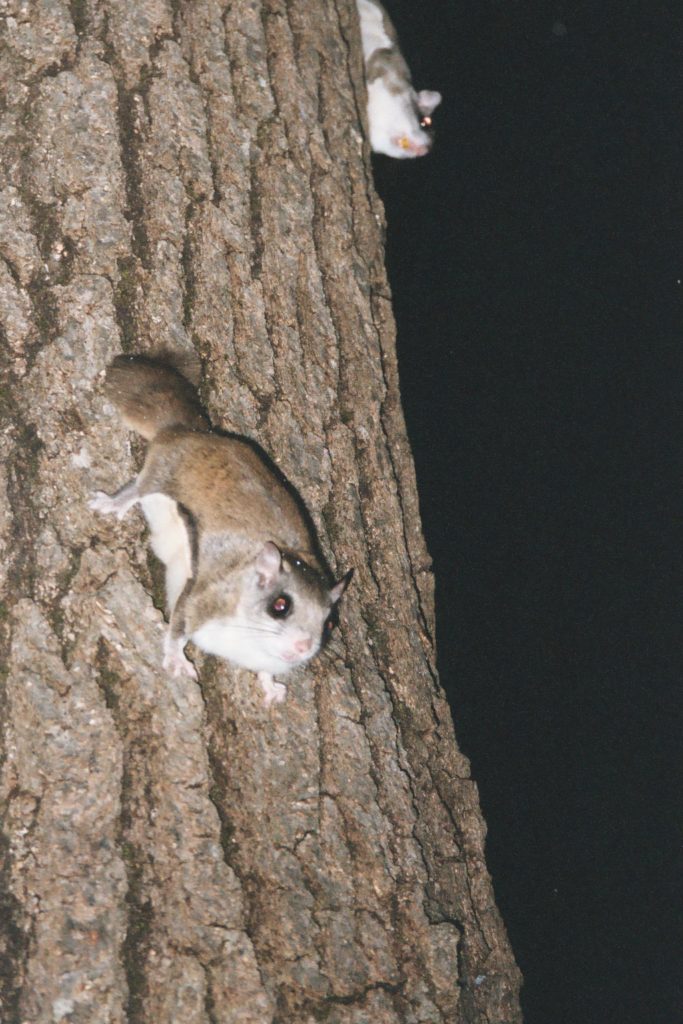
Habitat Selection
Modeling animal use of habitat can be instrumental in developing successful management plans and identifying habitat types that animals are selecting for. Dr. Zollner has been involved in a wide variety of projects pertaining to this area of interest with species varying from Burmese pythons to bobcat. Dr. Zollner is currently collaborating with Dr. Elizabeth Flaherty and her graduate student Cami Griffith to model habitat selection of northern flying squirrels. Additionally, he is collaborating with Dr. Rob Swihart on bobcat research in Indiana to determine whether a trapping season is viable for the current population. Dr. Zollner’s work has also been instrumental in the habitat conservation planning for Indiana timber harvests.
Example Papers:
Mutascio, H.E., S.E. Pittman, and P.A. Zollner. 2017. Investigating movement behavior of invasive Burmese pythons on a shy-bold continuum using individual-based modeling. Perspectives in Ecology and Conservation 15:25-31.
Pauli, B.P, P.A. Zollner, and G.S. Haulton. 2017. Nocturnal habitat selection of bats using single- and multi-species occupancy models. Journal of Wildlife Management DOI: 10.1002/jwmg.21251.
McCann, N.P., P.A. Zollner, and J.H. Gilbert 2014. Bias in the use of broad-scale vegetation data in the analysis of habitat. The Journal of Mammalogy 95(2):369-381.
Survival Analysis
Survival analysis can be essential in determining proper management methods for certain species. Currently Dr. Zollner is collaborating with Dr. Rob Swihart to determine bobcat survival in Indiana in order to determine the possible viability of harvests in future years. He has also collaborated with Dr. Rod Williams on herpetofauna survival.
Example Papers:
Olson, Z.H., N.G. Burgmeier, P.A. Zollner, and R.N. Williams. 2013. Survival estimates for adult eastern hellbenders and their utility for future conservation efforts. Journal of Herpetology 47:1-4.
Currylow, A.F., P.A. Zollner, B.J. MacGowan, and R.N. Williams. 2011 A survival estimate of Indiana’s adult box turtles using radio telemetry. American Midland Naturalist165:143-149.
McCann, N.P., P.A. Zollner, and J.H. Gilbert. 2010. Survival of adult American marten in Northern Wisconsin. The Journal of Wildlife Management 74:1502-1507
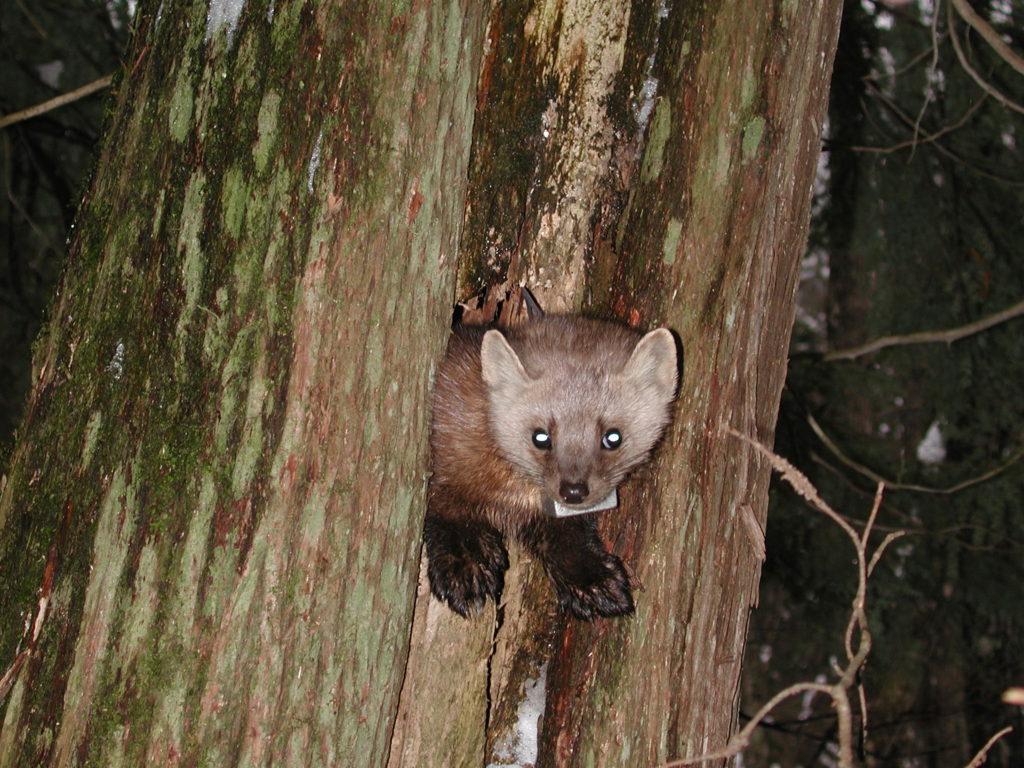
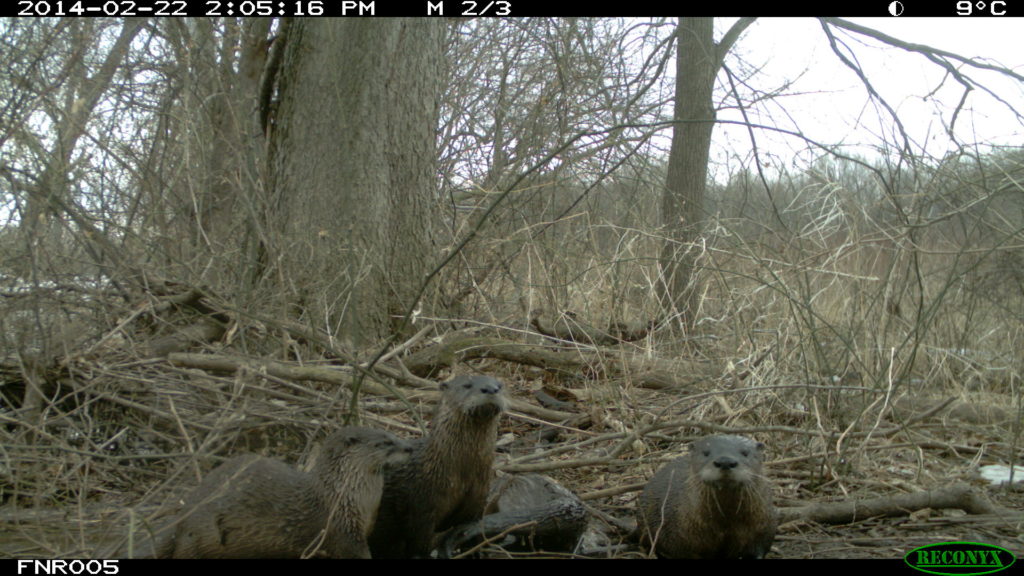
Animal Activity Patterns
Monitoring animal activity patterns can give us insight into a species’ ecology and the interspecific impacts their activity has on other species. Dr. Zollner has primarily assisted with undergraduate research in this area pertaining to otter activity in northern Indiana. This has led to some developments in understanding niche partitioning.
Example Papers:
McCann, N.P., P.A. Zollner, and J.H. Gilbert. 2017. Classifying carnivore tracks using dimensions that control for snow conditions. The Wildlife Society Bulletin DOI: 10.1002/wsb.760.
Day, C.C., A.S. Webb, M.D. Westover, P.A. Zollner, and B.R. McMillan (In Revision) Restoring competition: Reintroduction events affect temporal niche space of native competitors. Revision to be submitted to Ecology and Evolution August 2017.

